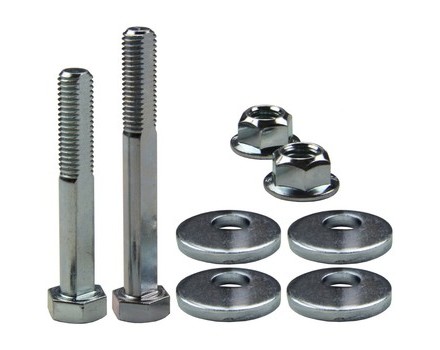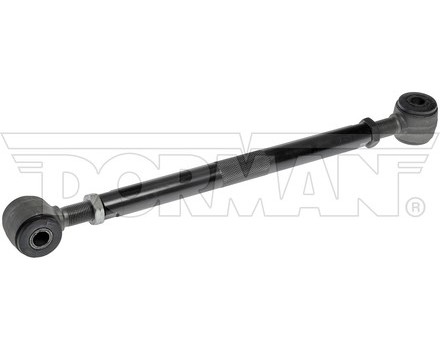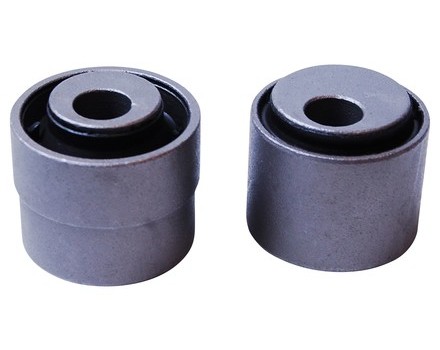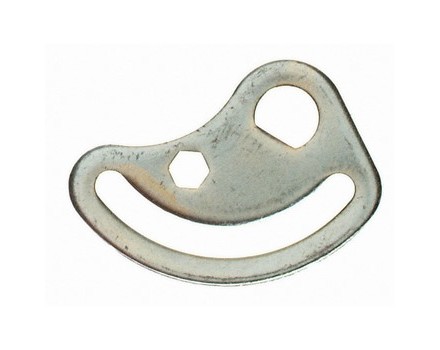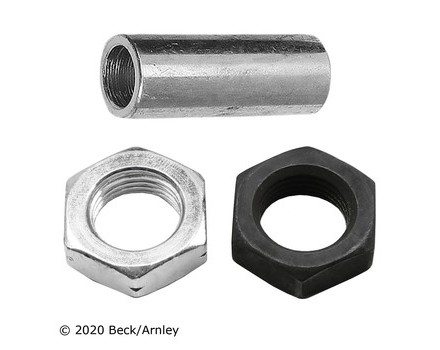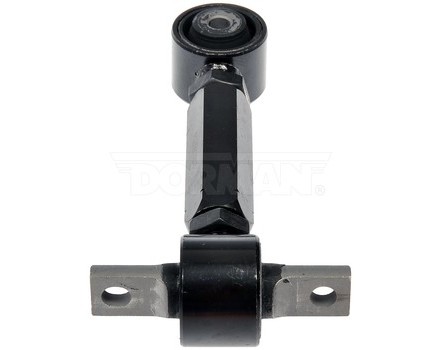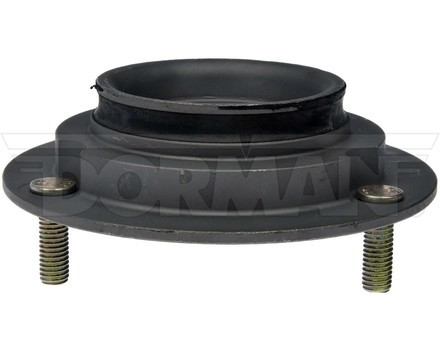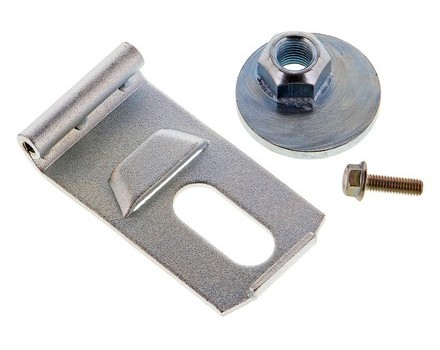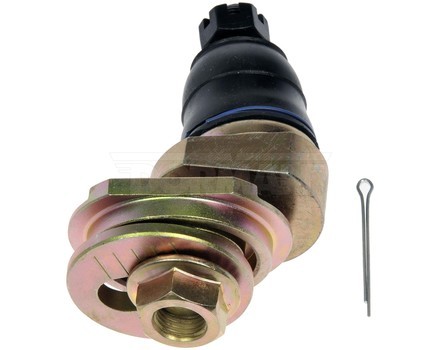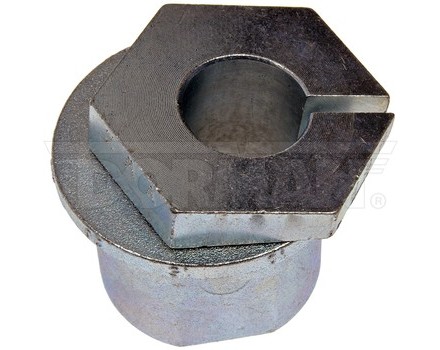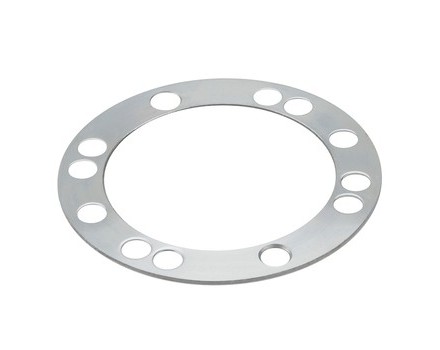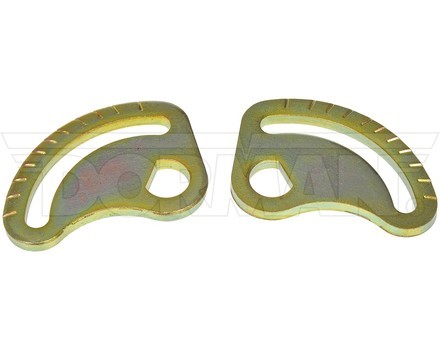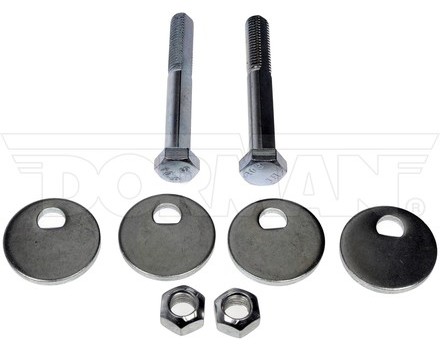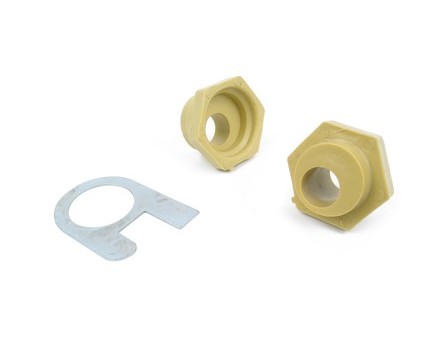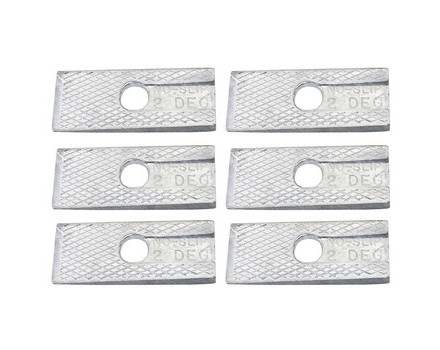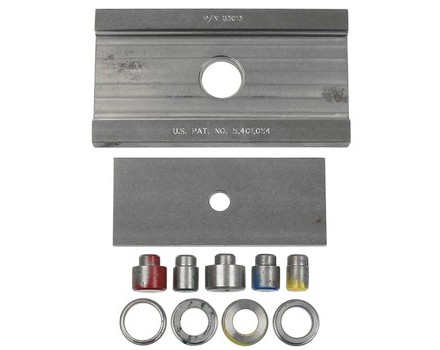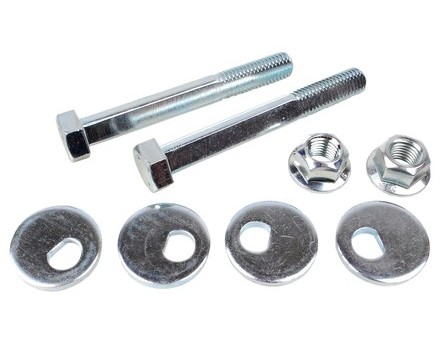Alignment
Filter Options
Important: To get started, click the blue "Filter Options" button to select your vehicle and then use the filters to narrow your options.
Important: To get started, select your vehicle on the left and then use the filters to narrow your options.
What is Alignment?
Alignment is an adjustment of a vehicle's suspension angles to meet the manufacturer's specifications. It includes adjusting the angles of the tires and wheel relative to each other and to the car body.
What does Alignment do?
Alignment ensures that the vehicle travels in a straight line and that the tires make contact with the road at the correct angle. Proper alignment also helps to extend the longevity of the tires and reduce wear and tear on the suspension components.
How do I know if my vehicle’s Alignment is off?
If a vehicle's alignment is off, it may pull to one side or the other when driving. It may also cause the steering wheel to vibrate or the tires to squeal when turning. Uneven or excessive tire wear is also an indication that the vehicle's alignment may be off.
Can a faulty Alignment cause damage?
Yes, driving a vehicle with a faulty alignment can cause excessive wear and tear on the tires and suspension components, as well as increased fuel consumption.
How often should I inspect my vehicle’s Alignment?
It is recommended that you have your vehicle's alignment inspected every 12,000–15,000 miles or when replacing tires or suspension components.
How do I replace my vehicle’s Alignment?
Replacing the alignment is a fairly involved process and should only be attempted by an experienced mechanic. Generally, the steps involved include:
- Loosening the tie rods and adjusting the camber, caster, and toe.
- Resetting the steering wheel to the center position.
- Adjusting the suspension components to the manufacturer's specifications.
- Adjusting the tie rods to the correct length.
- Installing new parts as needed.
- Testing the alignment to ensure proper adjustment.
